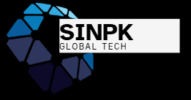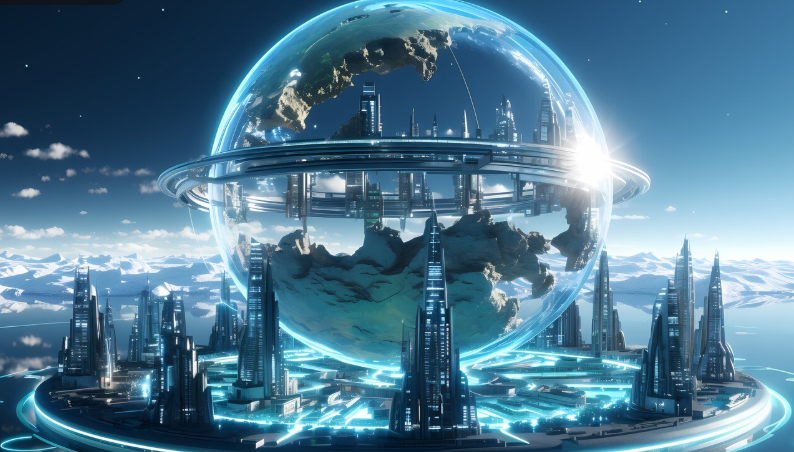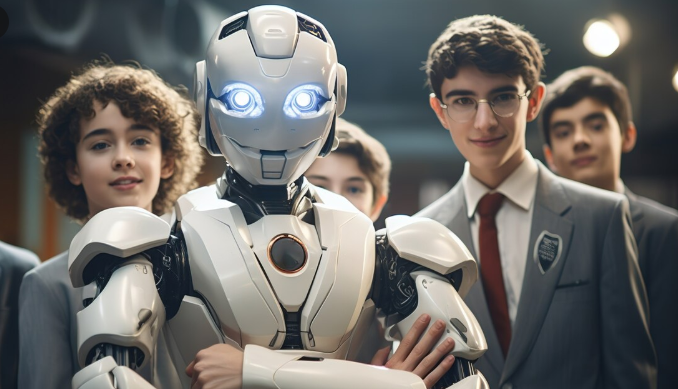The Internet of Everything (IoE) refers to the interconnection of people, processes, data, and things, all enabled by the power of the internet. While the Internet of Things (IoT) focuses on connecting physical devices to the internet, IoE takes this a step further by incorporating a broader range of elements, such as people, sensors, software, and data analytics, into an even more connected world. By 2050, the IoE will be ubiquitous, and its influence will touch every aspect of human life, from daily routines to industrial practices, healthcare, entertainment, and governance.
This article explores the concept of the Internet of Everything, the potential it holds for transforming various sectors, and the challenges and ethical considerations it raises.
1. What is the Internet of Everything (IoE)?
The Internet of Everything (IoE) is a vision where everything around us is connected, with devices and systems communicating and exchanging data seamlessly. It represents the convergence of:
- People: Connecting individuals with each other, as well as to devices, services, and organizations.
- Processes: Enabling the optimization of workflows and decision-making through data-driven insights and automation.
- Data: Leveraging vast amounts of data collected from sensors, machines, and people to enhance analysis and improve decision-making.
- Things: Physical objects, from everyday appliances to complex industrial machinery, that are linked to the internet to share data and insights.
In this hyperconnected world, everything will work together in real-time, allowing for smarter decisions, increased efficiency, and a deeper level of interaction.
2. The Key Components of IoE
To understand the full scope of the Internet of Everything, we must first examine its key components and how they integrate with one another.
2.1 Connected People
People are the core of the IoE. In the future, wearables like smart glasses, fitness trackers, and health monitors will become even more advanced, continuously feeding data about personal health, location, and preferences into an interconnected ecosystem. These devices will not only track individuals’ well-being but also communicate directly with healthcare providers, smart homes, and even businesses to optimize personal experiences.
🔹 Examples:
- Wearable Health Monitors: Devices that collect real-time data on health metrics, such as heart rate, sleep quality, and blood pressure, transmitting it to healthcare providers for ongoing monitoring.
- Augmented Reality (AR) Glasses: Glasses that display real-time information, instructions, and notifications based on the wearer’s environment and activities.
2.2 Connected Processes
The real value of IoE comes from automating processes and optimizing operations across industries. Businesses will be able to leverage data in real-time to streamline everything from supply chains to customer service. Advanced analytics powered by AI will drive decision-making, while process automation will reduce human error, increase efficiency, and improve outcomes.
🔹 Examples:
- Smart Manufacturing: Automated factories powered by IoE will continuously monitor production lines and adjust operations in real-time based on data collected from sensors embedded in machines.
- Supply Chain Optimization: Sensors and tracking systems will give businesses a complete view of the entire supply chain, allowing them to predict demand and make smarter procurement decisions.
2.3 Connected Data
Data is the lifeblood of the Internet of Everything. Data from devices, sensors, and systems will be collected, analyzed, and shared across a vast network to provide valuable insights. Cloud computing and edge computing will enable massive amounts of data to be processed in real-time, ensuring that decisions are made faster and more accurately.
🔹 Examples:
- Predictive Analytics: AI and machine learning will analyze historical and real-time data from multiple sources to predict future trends, such as when a machine might need maintenance or when a consumer will make a purchase.
- Smart Cities: Data collected from traffic sensors, surveillance cameras, and utility meters will be used to optimize everything from traffic flow to energy consumption in urban areas.
2.4 Connected Things
IoE brings an unprecedented level of connectivity to physical objects. Smart devices—ranging from home appliances to industrial machines—will continuously communicate with other devices, creating an ecosystem of interconnected objects that can make decisions autonomously.
🔹 Examples:
- Smart Homes: Appliances, lighting systems, and thermostats will work together to optimize energy usage and improve comfort based on the preferences and behaviors of the inhabitants.
- Autonomous Vehicles: Cars, buses, and trucks will not only communicate with each other on the road but also connect to traffic management systems, improving safety and efficiency.
3. How the Internet of Everything Will Transform Key Industries
The IoE has the potential to revolutionize a wide array of industries, enhancing productivity, convenience, and sustainability.
3.1 Healthcare
In healthcare, the IoE will redefine patient care. With wearable health devices monitoring everything from heart rate to glucose levels, doctors will be able to receive continuous, real-time data and provide more personalized treatment plans. Autonomous systems will even assist in diagnostic procedures and surgery, leading to faster, more accurate care.
🔹 Impact on healthcare:
- Remote Monitoring: Doctors can remotely monitor patients’ health in real-time, reducing hospital visits and improving preventive care.
- Personalized Medicine: Data-driven insights will enable the development of customized treatment plans for individual patients, leading to better outcomes.
3.2 Smart Cities
IoE will play a central role in the evolution of smart cities, where technology is used to create more efficient, sustainable, and livable urban environments. Through the integration of smart infrastructure, energy-efficient buildings, and real-time data analysis, cities will be able to provide a better quality of life for residents.
🔹 Impact on smart cities:
- Smart Traffic Management: Sensors in traffic lights and vehicles will monitor and control traffic flow, reducing congestion and improving public transportation.
- Sustainable Energy: Smart grids will manage energy consumption in real-time, reducing waste and promoting sustainability.
3.3 Retail and Consumer Experience
The retail industry will be transformed by IoE as personalized shopping experiences become the norm. Retailers will use data from connected devices to anticipate customers’ needs, tailor promotions, and create more efficient supply chains. Augmented reality (AR) and virtual reality (VR) will enable customers to try products virtually before purchasing.
🔹 Impact on retail:
- Hyper-Personalization: Retailers can offer highly targeted deals and recommendations based on customers’ preferences and past shopping behaviors.
- Seamless Shopping: Smart shelves and automated checkouts will reduce friction in the shopping experience, enabling instant purchases and faster delivery.
4. The Challenges and Ethical Considerations of IoE
While the Internet of Everything promises significant benefits, it also raises important challenges and ethical concerns.
4.1 Privacy and Data Security
As more devices collect and share data, the security of personal information becomes a critical issue. If not properly secured, sensitive data such as health metrics, location history, and financial transactions could be exploited by malicious actors.
🔹 Solutions:
- Stronger encryption protocols and data privacy regulations will be essential to ensure the safety of personal data.
- Decentralized data storage models may offer better control over data access and ownership.
4.2 Digital Divide and Equity
While IoE can bring significant advancements, there is a risk that technology could deepen social and economic inequalities. People in underserved areas may not have access to the infrastructure necessary to participate fully in the IoE, leaving them behind.
🔹 Solutions:
- Governments and businesses must work together to provide affordable internet access and digital literacy programs to ensure everyone can benefit from the IoE.
4.3 Ethical Use of AI and Automation
As IoE brings about more autonomous systems, questions about the ethical use of AI will need to be addressed. How will AI make decisions that impact human lives, such as in healthcare or autonomous driving?
🔹 Solutions:
- Establishing clear ethical guidelines and accountability frameworks for AI systems will be necessary to ensure responsible deployment and use.
Conclusion: A Hyperconnected Future
The Internet of Everything will transform the world into an interconnected, intelligent ecosystem, where data, people, processes, and things work in harmony to improve our lives. By 2050, IoE will have revolutionized industries, healthcare, cities, and consumer experiences, driving unprecedented levels of efficiency, sustainability, and personalization. However, its widespread adoption will also raise important ethical, privacy, and security challenges that must be addressed collaboratively.
In this new era of hyperconnectivity, the future will be more interconnected than ever—an opportunity to create smarter, safer, and more efficient solutions for the challenges of tomorrow.


